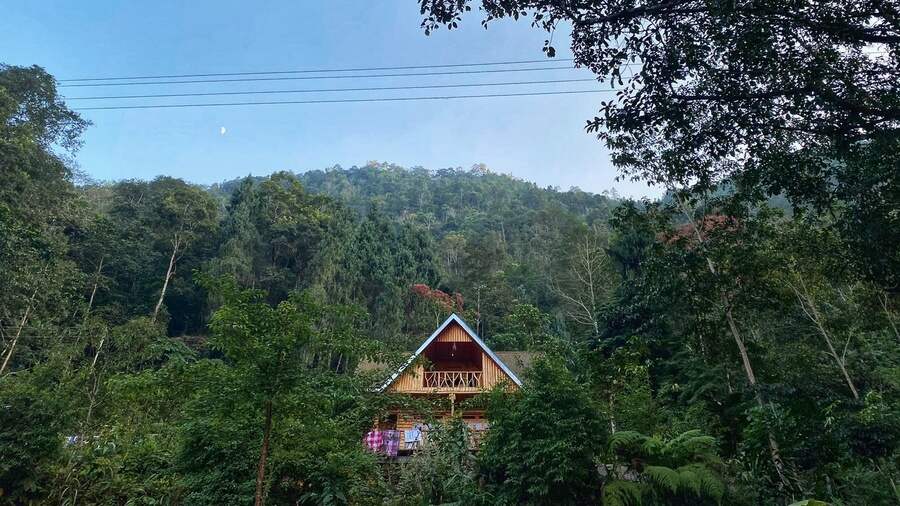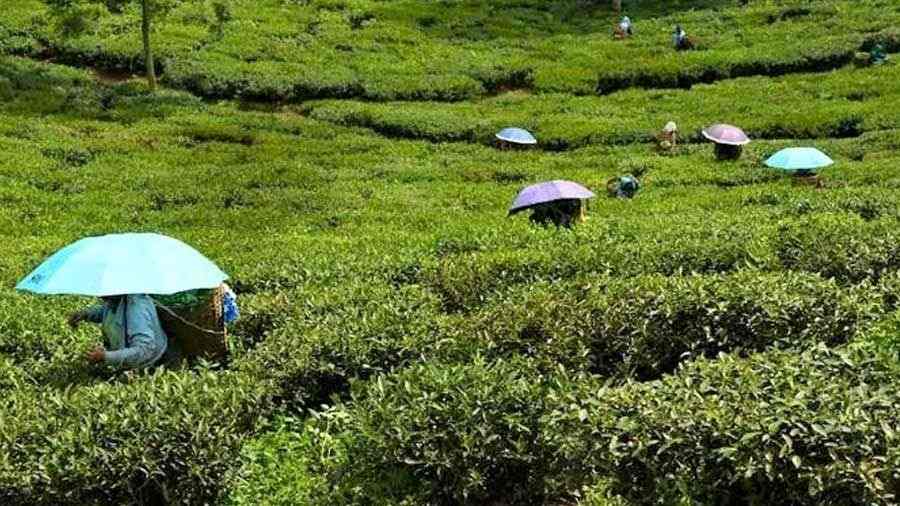In the battle for offbeat places for a memorable weekend, this sleepy hamlet in north Bengal, nestled among pine and oak woods and boasting spectacular mountain views is a clear contender.
Less than 20km from Darjeeling, between Sukhiapokhri and Ghum, a pine-lined serpentine road takes you to Lepchajagat. Clouds kiss the car as you enter this kingdom of silence, which looks right out of a postcard. At almost 7,000-feet high, this village in the lap of the eastern Himalayas is perfect for those wishing to spend some time soaking in the mountain air.
A colonial abode
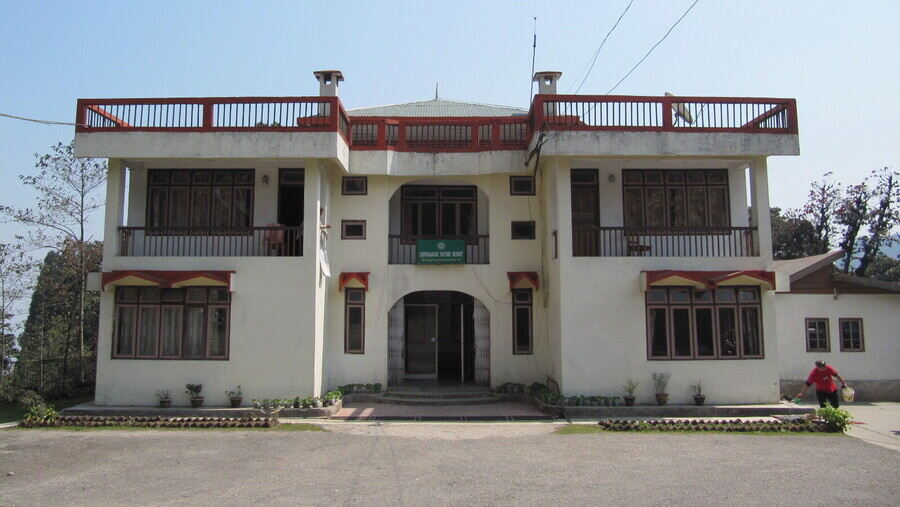
The WBFDC Lepchajagat Nature Resort is the best option to stay in the village Somen Sengupta
Many lodges and rest houses in West Bengal’s travel destinations are a part of the state’s colonial history. Lepchajagat was developed as a tourist destination by the West Bengal Forest Development Corporation (WBFDC) by renovating a British-era forest bungalow and opening it up to visitors as an eco-retreat.
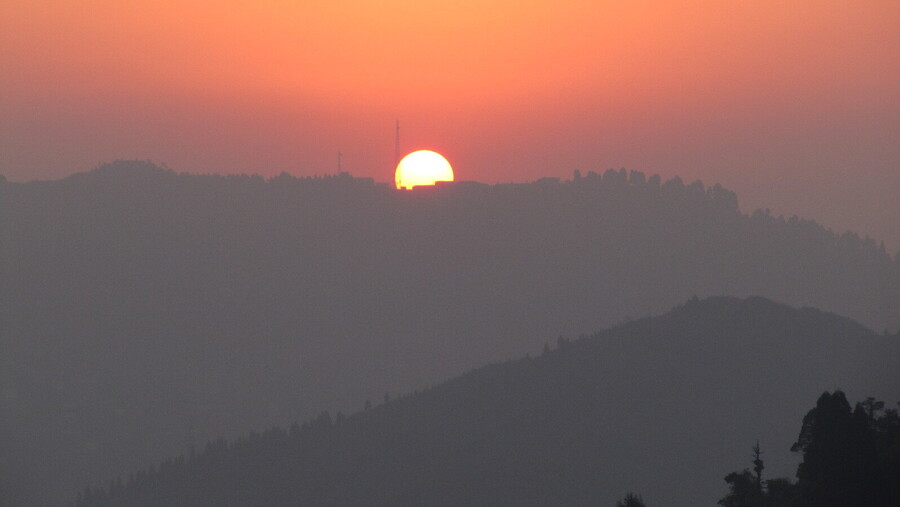
It is not advisable to walk around the village past sundown to avoid local wildlife like leopards, but guests can watch a spectacular sunset from the rooms and rooftop of the forest bungalow Somen Sengupta
From 2007, the Lepchajagat Nature Resort has become the most sought-after location for honeymooners and travellers looking for time away in solitude. The huge windows of the rooms open to expansive views of snow-capped mountains and the valley. The rooftop is the perfect spot to watch the theatre of a Kanchenjunga sunrise at dawn. Evenings can be spent in front of the fireplace sipping tea and munching on pakoras as the sun sets.
A kilometre’s walk from the lodge through the surrounding woods brings you to a spot known as Hawa Ghar, which is also a great viewpoint to take in the scenery.
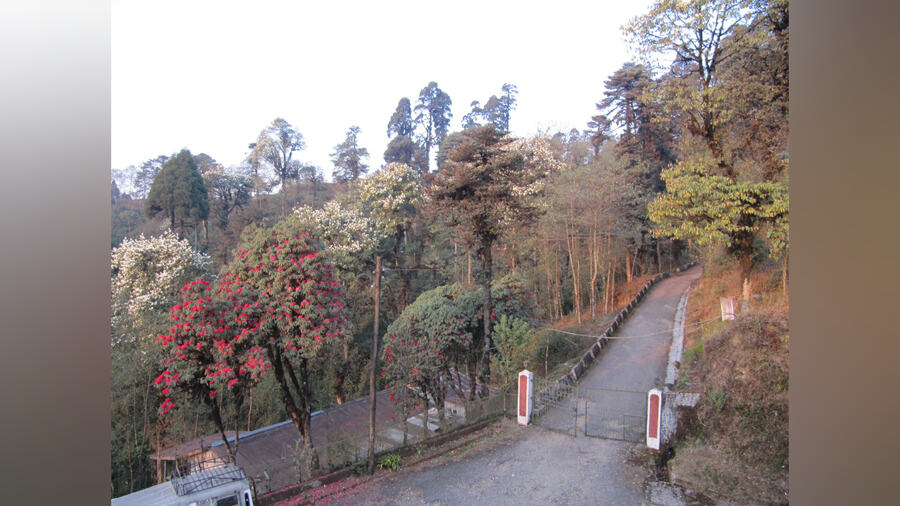
The winding roads of Lepchajagat are lined by pine, oak and other montane flora including bright flower-laden trees Somen Sengupta
A Kanchenjunga sunrise
The meaning of the word Kanchenjunga is “five treasures of snow” and comes from the massif’s five peaks. Until 1852, Kanchenjunga was believed to be the highest peak in the world (it is the third highest).
You can feast your eyes on views of the snowy mountains from morning till afternoon — sometimes even late afternoon if weather permits. Witnessing the sun rise over this train of peaks, considered one of the world's most beautiful ranges, is a coveted experience. The fog rolling in on the misty mornings might play spoilsport, but the day is long enough for tête-à-tête with the mountain queen.

One of the best experiences in Lepchajagat is watching the massif change colours from glowing orange to milky white in the morning light Trina Maitra
If you can brave the cold of the early dawn, an unforgettable morning scene greets you. The snow wall of the Himalayas and the sky above stand milky white and pale blue at first. As the sun rises, Kanchenjunga is coloured orange and pink and the magic begins. As the light travels over the peaks, and the mist and clouds clear, the giant mountains become brighter by the minute. By 5.45am, the sun shines bright over Darjeeling town, which is then prominently visible from the forest house terrace.
An interesting contrast of worlds plays out in front of you with the bustle and concrete of Darjeeling town juxtaposed against the green montane flora and the sparkling white mountain.
A walk in the woods

Trails through misty woods are ideal for ambling nature walks Wikimedia Commons
The misty forests of Lepchajagat are decorated with blooming rhododendrons in season and wildflowers that grow on mossy rock beds, and there are always fluttering butterflies settling on bushes. Mornings at Lepchajagat are welcomed by birdsong. There are plenty of Himalayan birds that can be spotted here.
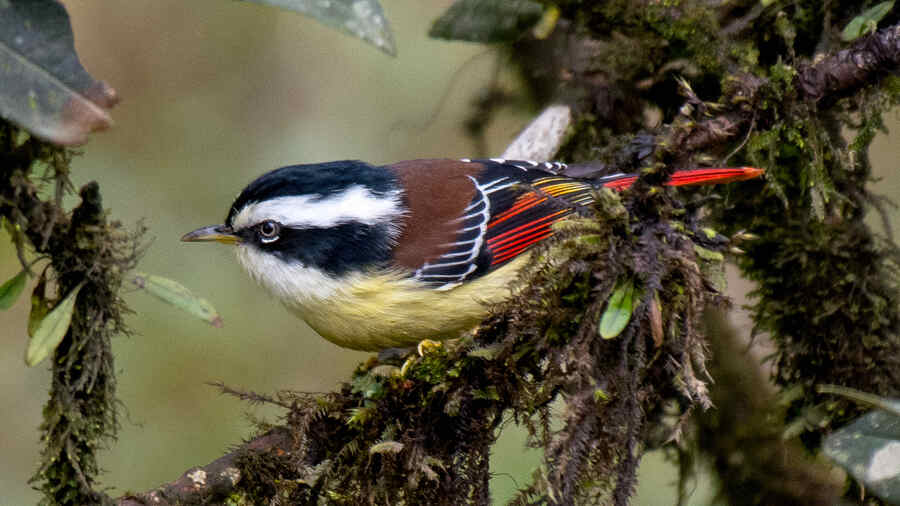
Mornings in Lepchajagat are usually filled with birdsong from the many Himalayan birds that can be sighted here Wikimedia Commons
After witnessing the sunrise at the break of dawn, take a walk along the hilly roads and head to the nearby Lepcha village. Ask a local or your homestay to guide you to the rocky viewpoint of Ghum rock, about 1.5km away. A panoramic view of the Balsan Valley greets you at this point. It is also Lepchajagat’s sunrise point and shows off the natural beauty of this little hamlet in all its glory.
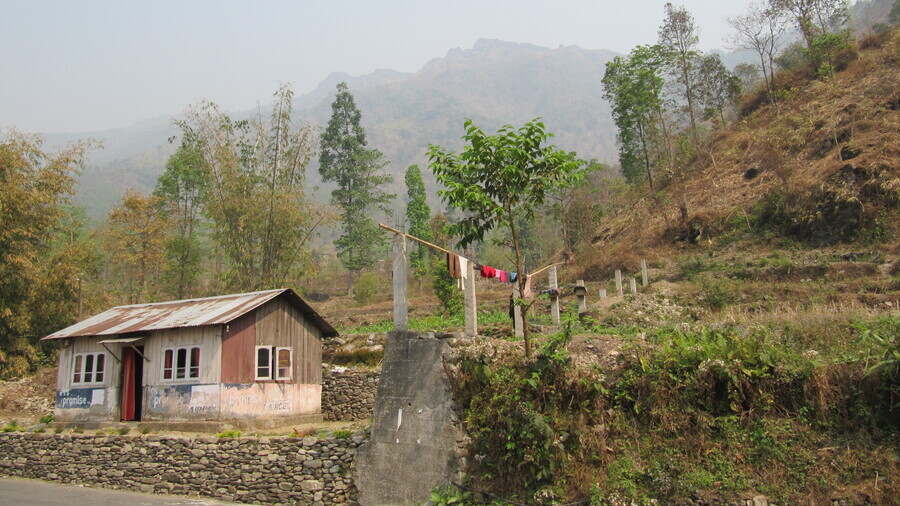
Visitors can walk to the nearby Lepcha village or head to the rocky Ghum rock viewpoint little over a kilometre away Somen Sengupta
Venturing out after sundown is not recommended because the local wildlife, including leopards, often crosses on to the village roads. This is the perfect time to sit back and revel in nature. The gentle orchestra of crickets is complemented by the sounds of the wind rustling through pine forests. Crack open your favourite book and make yourself a cuppa as you take a moment to absorb peace.
If you wish to venture away from the village, cars can be arranged to take you to newly developed destinations such as Jorpokhri and Sukhiapokhri.
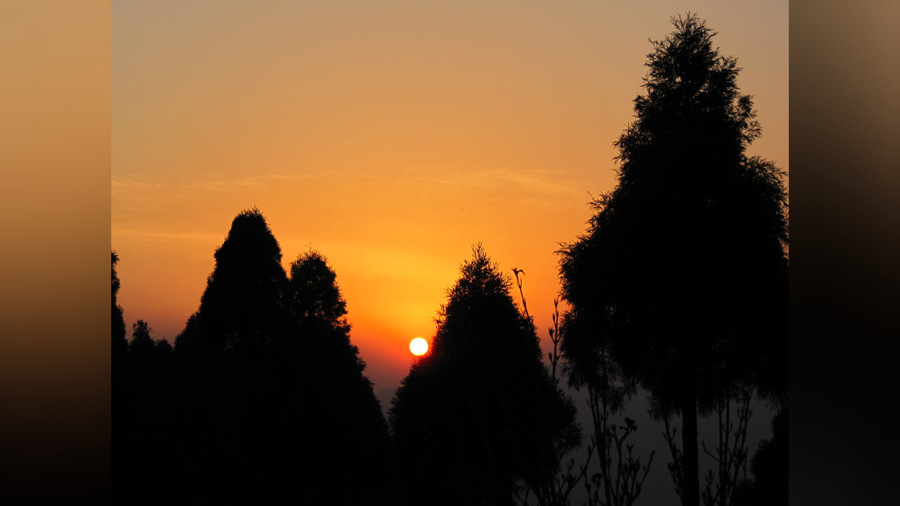
Evenings are best spent indoors winding down with a hot drink and a book watching the sunset Somen Sengupta
-
Lepchajagat is about 20km from Darjeeling. The nearest town is Sukhiapokhri, about 5km away.
-
The nearest railway station is New Jalpaiguri. Private vehicles are available from NJP and Darjeeling to Lepchajagat.
-
There are homestays in and around the village, but the WBFDC Lepchajagat Nature Resort is the best option to stay. You can book the accommodation online on the WBFDC website.
-
Visitors can choose to visit Nepal’s Pashupati market from here. Indians need a valid photo ID for entry.
Lepchajagat is about 20km from Darjeeling. The nearest town is Sukhiapokhri, about 5km away.
The nearest railway station is New Jalpaiguri. Private vehicles are available from NJP and Darjeeling to Lepchajagat.
There are homestays in and around the village, but the WBFDC Lepchajagat Nature Resort is the best option to stay. You can book the accommodation online on the WBFDC website.
Visitors can choose to visit Nepal’s Pashupati market from here. Indians need a valid photo ID for entry.
Somen Sengupta is passionate about heritage and travelling and has been writing about it for 26 years. When he is not executing duties as a senior executive in an MNC, he keeps an eye out for intriguing historical trivia and unearths forgotten stories. This also makes him an avid quizzer.

